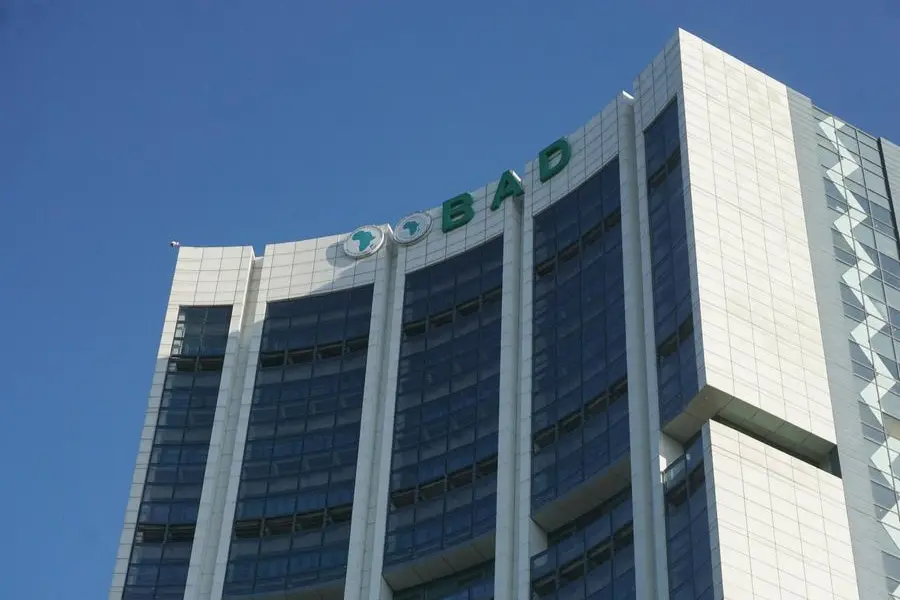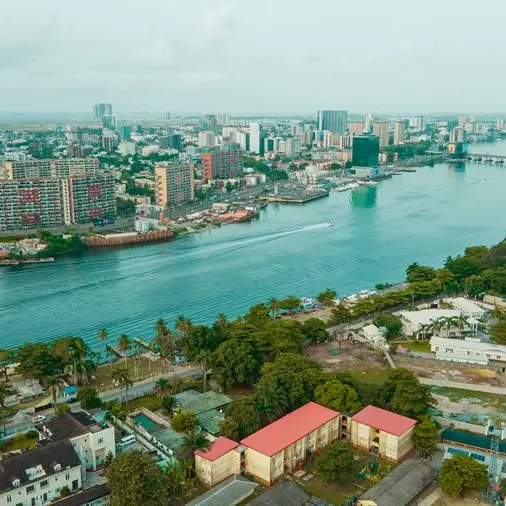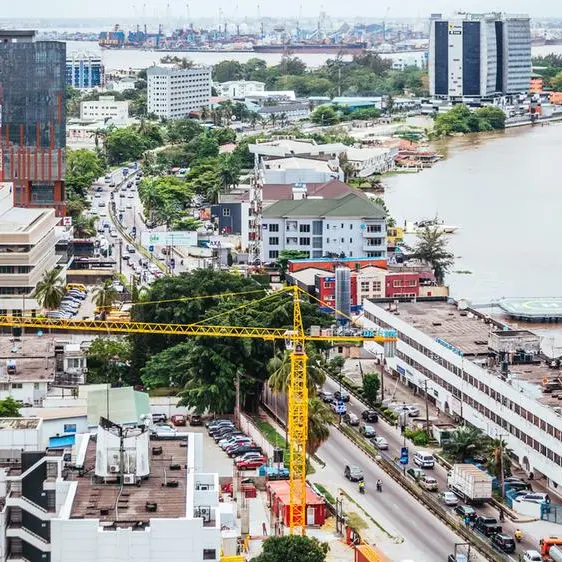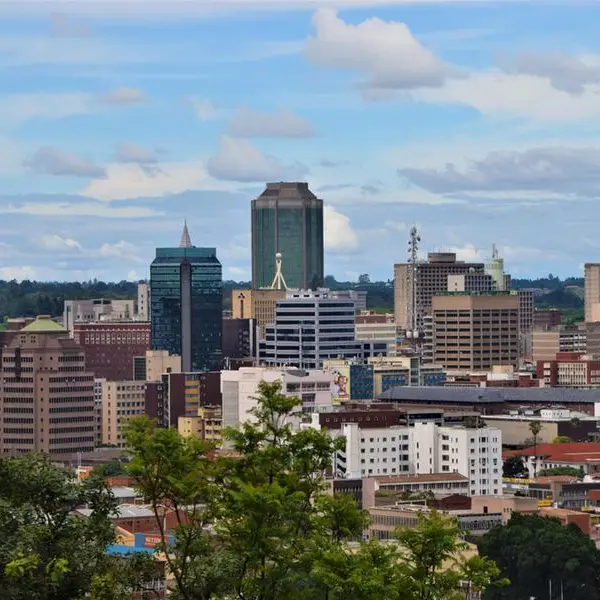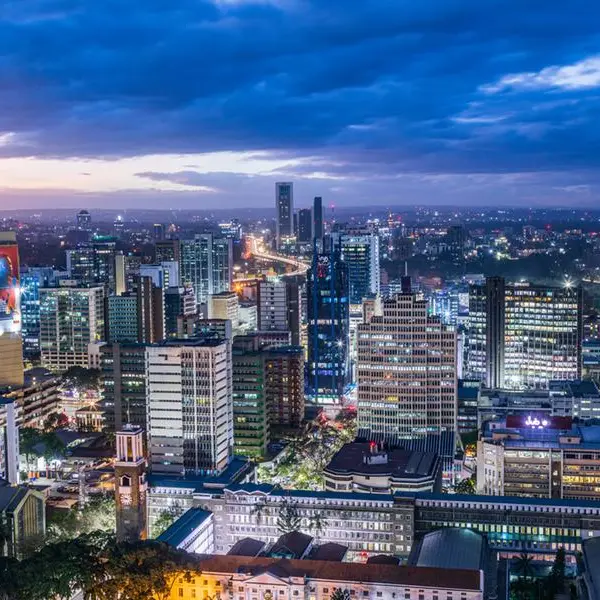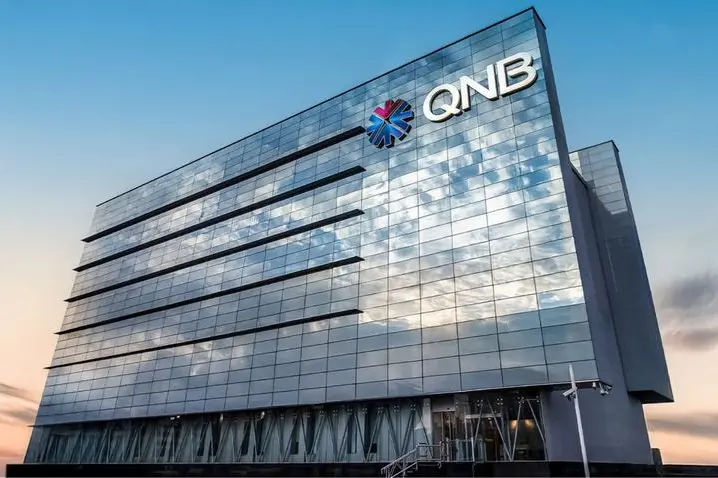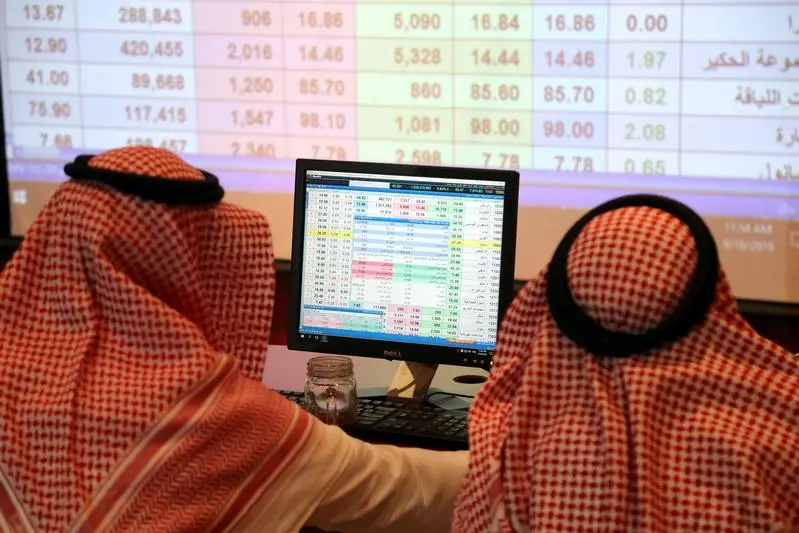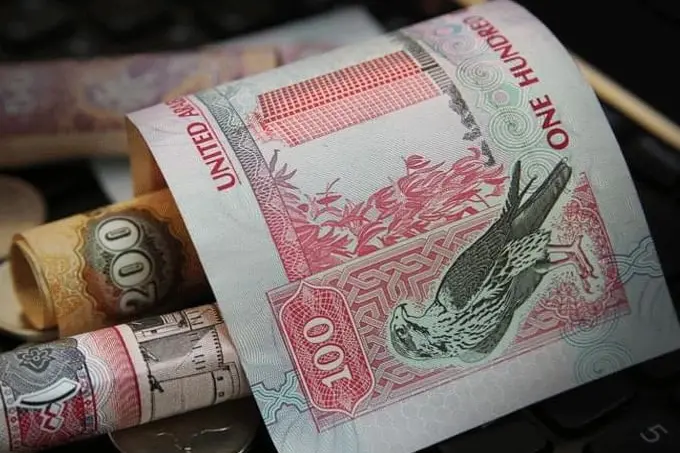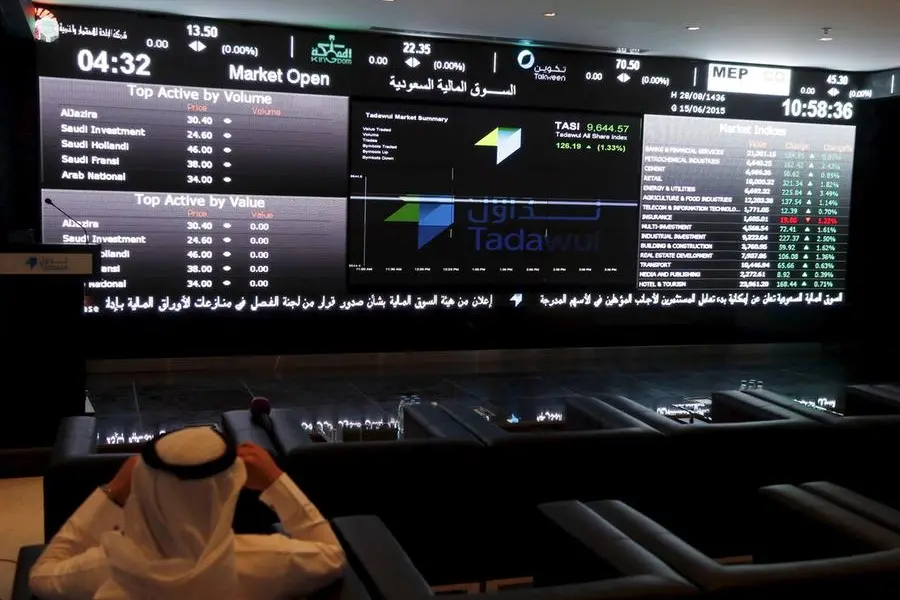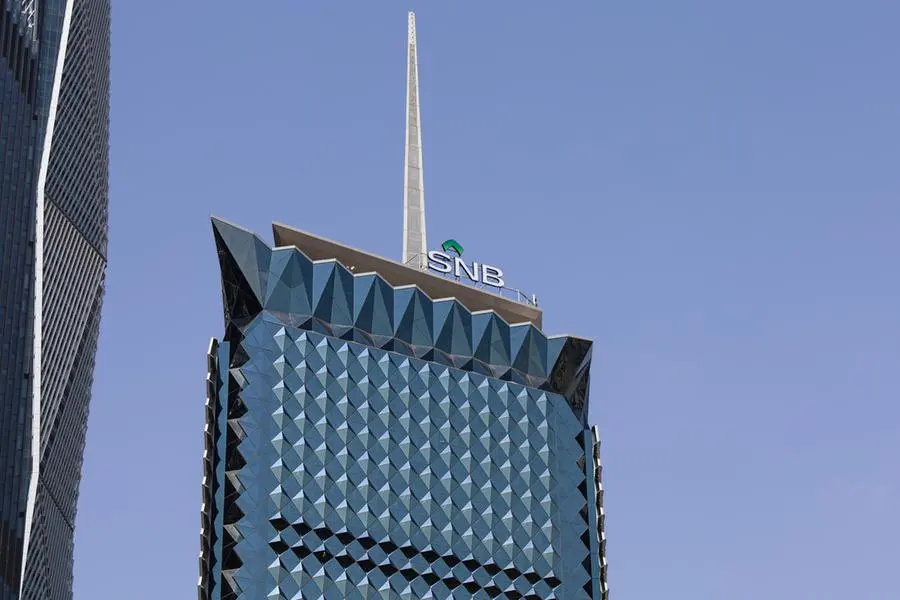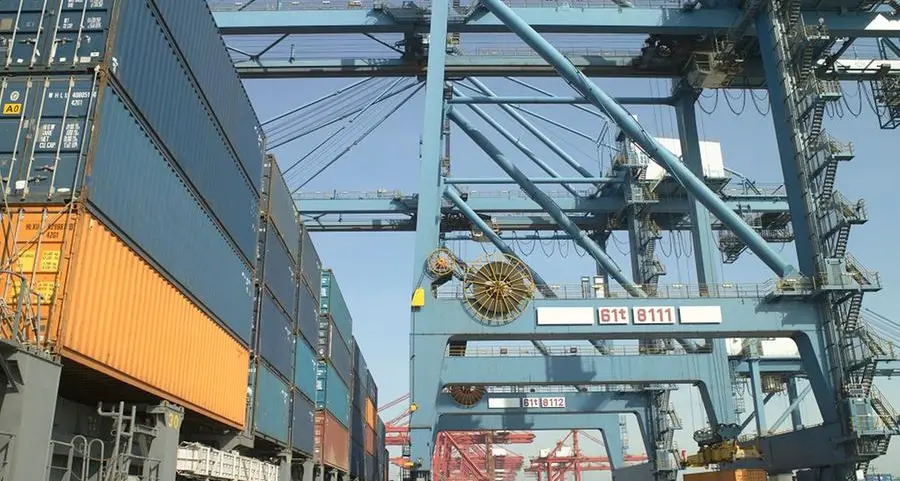PHOTO
Heads of state are set to approve the launch of an “African Financing Stability Mechanism” that could save regional sovereigns US$20bn in interest costs over the next decade while heading off refinancing crises.
The vehicle, which will backstop its members as the European Stability Mechanism does for eurozone states, comes as Asian countries consult the ESM on upgrading their Chiang Mai regional financing arrangement.
Leaders are expected to approve the AFSM at the 38th African Union summit in Addis Ababa, Ethiopia, on February 17–18. The AU’s finance, monetary affairs, economic planning and integration committee endorsed a technical and operational report on it in November after its 15 finance ministers accepted a framework for the vehicle in July.
Further endorsement came from the G20 group of countries. Its “global financial architecture working group” called in June for the creation of an African emergency finance facility.
Approval by Africa’s political leaders would come three years after they first charged the African Development Bank and AU Commission to “work with all relevant stakeholders to accelerate operationalisation of the mechanism and its growth”.
AfDB president Akinwumi Adesina has been calling for the AFSM even longer. “It is high time that we set up a homegrown financial stability mechanism where we work together to mutualise our funds and ensure we avoid the spillover effects that come from … external shocks,” he said in March 2021.
“Operationalisation”
Since the AU’s instruction in 2022, the AfDB and the commission have collaborated with the union’s 55 member states, as well as “key development stakeholders”, on the AFSM, according to Kevin Chika Urama, chief economist and vice-president at the AfDB.
Lion’s Head Global Partners is advising AfDB on what Urama calls an “innovative mechanism … to provide liquidity support on favourable terms to African countries facing debt refinancing challenges”.
He expects the AFSM to “not only address Africa’s immediate debt challenges [but] also establish a strong foundation for long-term fiscal resilience and sustainable economic transformation”.
London-based LHGP called the AFSM “a groundbreaking initiative aimed at fortifying Africa’s capacity to address financial vulnerabilities”. The advisory firm said approval this month would mark “a pivotal moment in the continent's journey toward sustainable and integrated financial systems”.
Approval “will trigger the formal operationalisation of the vehicle", said a source with knowledge of the process who described the AFSM as “an ESM for Africa”.
Africa is the only region without a financial stability mechanism of the type exemplified by the ESM and its temporary forerunner the European Financial Stability Facility. The pair’s lending shored up Cyprus, Greece, Ireland, Portugal and Spain during the eurozone crisis of the early 2010s.
The ESM also later developed “Pandemic Crisis Support” loans to support member countries in financing healthcare costs due to Covid-19.
“With heightening debt vulnerabilities and default risks, and the escalating scale and frequency of refinancing needs caused by increased expensive and short-term non-concessional debt, the call for [a stability mechanism] to support countries in times of illiquidity cannot be overemphasised,” Urama said in a LinkedIn post.
Redirecting savings
Few operational details of the AFSM have been disclosed, including its membership, capital structure, borrowing and lending capacity and target credit rating, as the initiative is shepherded through the political process of final approval. But Urama said that “[i]f implemented as designed, the AFSM can save African sovereigns approximately US$20bn in debt servicing costs by 2035”.
These savings “can be redirected toward initiatives that improve the lives and livelihoods of millions across the continent", he said.
Even so, some development finance experts are sceptical. “I am not holding my breath on this one,” said one, who cited ESM’s “highly rated sovereign backers and strong governance” as enabling its substantial borrowing at low rates.
“An African equivalent could not benefit from those advantages,” the expert said.
While the AFSM’s design has not yet been revealed, some sources said multilateral development banks – and possibly also higher-rated donor governments – will credit-enhance the vehicle by taking junior risk positions, which should reinforce its market access to support member states in crisis.
The facility will lend at "concessional" rates in return for borrowers carrying out macroeconomic and fiscal reforms (just as the ESM/EFSF’s beneficiaries had to), Adesina told Reuters last week.
Asian exploration
Asian countries are exploring an upgrade of their financing arrangement. Established in 2010, the Chiang Mai Initiative Multilateralization is a pledge-based currency swap network between the 10-member Association of Southeast Asian Nations and China, Japan and South Korea with lending capacity of US$240bn.
“Upgrading the CMIM to a new institutionalised fund system based on paid-in capital should be a top priority,” Bank of Korea governor Rhee Chang-yong told the Financial Times.
He lamented “serious concerns” over the CMIM while lauding the ESM’s “solid market-tested record”.
The ESM recently discussed Rhee’s proposal with the central bank. Its delegation “was there to exchange their experience … around the idea to build an Asian safety net inspired by the ESM”, chief financial officer Kalin Anev Janse said in a recent OMFIF Sovereign Debt Institute roundtable.
Source: IFR
